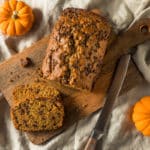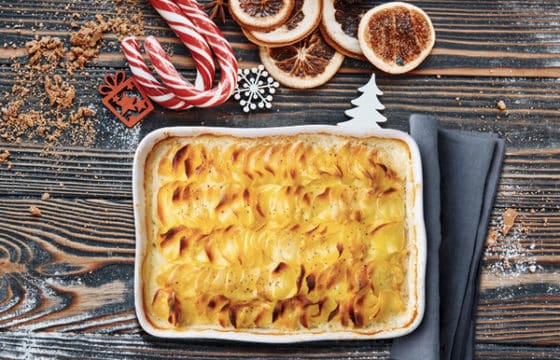The mix of science and art has resulted in Molecular Cuisine. Gourmets have been astounded by this synergy, which has become a current reference in many restaurants’ preparation, presentation, and innovation processes.
One of the methods of molecular cooking entails placing a dish in a bag that is subsequently vacuum-sealed, leaving no air within. The preparations that go through this process are cooked for a long time at a low temperature. The end result has flavor, consistency, and texture that are difficult to achieve with traditional boiling methods.
The concept of molecular gastronomy is based on the concept of nouvelle cuisine. Nouvelle cuisine was a culinary style that gained traction in Spain during the 1970s, thanks to the creative energies in the kitchens of Catalonia and the Basque Country; it moved away from «Spanish home cooking» and grew more refined and curated in its presentation on the plate.
The origin of Spanish molecular gastronomy
There is no way of discussing molecular gastronomy without mentioning Ferran Adrià, the father of Spanish molecular gastronomy. Adrià fell in love with the restaurant life after commencing work at elBulli in Catalonia in the 1980s. ElBulli gained its second Michelin star in 1990, six years after Adrià joined the restaurant, thanks to hard effort, experiences in other fine dining restaurants, and the willingness of the elBulli employees to develop their own originality. With a drive to be creative and inspired, Adrià’s crew at elBulli abandoned all cookbooks in favor of developing their own cooking methods and styles. As a result, molecular gastronomy in Spain was born.
As Ferran Adrià says himself – “molecular gastronomy is the dialogue between science and cuisine”. The communication between a chef and a scientist is not limited to avant-garde food; it can also occur in traditional cuisine, for example. The chemical and physical processes that occur when a suckling pig is roasted at a low temperature can be studied scientifically. The diner who receives this dish will have no idea that the «ideal suckling pig» (el cochinillo) is the result of a scientific study.
Nevertheless, earlier in the 70s, the Oxford University physicist Miklós Kürti began experimenting with food in a television program called «The Physicist in the Kitchen». Kürti was fascinated by the science of cooking, but he was previously only interested in learning about the chemical makeup of substances, so he decided to concentrate on the transformation mechanisms that take place during culinary operations in the home kitchen.
How molecular gastronomy is used
New approaches have emerged as a result of technological advancements and molecular gastronomy research, the most well-known of which are:
- Pulverization: the process of turning liquid material into powder, which is accomplished with the help of maltodextrin.
- Esterification: the process of gelling a liquid substance with the aid of gelling chemicals, resulting in solid spheres that hold the liquid inside.
- Liquid nitrogen: a great way to instantly change the texture of food. It’s also commonly utilized in the making of ice cream and frozen desserts.
- Deconstruction: this molecular gastronomy technique is utilized for recipes that treat their ingredients separately before plating them together. This preserves the flavors and fragrances of the ingredients in each dish.
- Foam: a very popular preparation of molecular gastronomy is the foam used in hundreds of dishes. Most are manufactured with soy lecithin, a soybean-derived emulsifier.
The molecular cuisine is very diverse and uses a lot of ingredients. Many recipes even use olive oil from Spain to create the most unique dishes, such as olive oil caviar, which is considered a classic that makes liquid pearls feel like sturgeon roe in the mouth.
After all of the above, you are ready to experience molecular gastronomy! Enter this experience of flavors and textures or learn how to create them in a creative way.















0 Comments